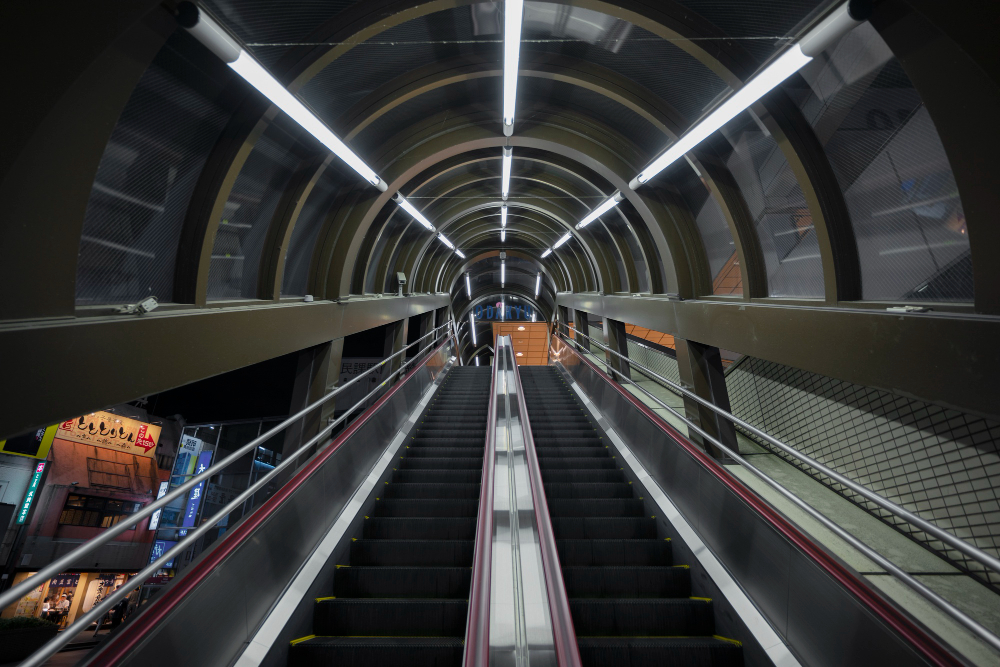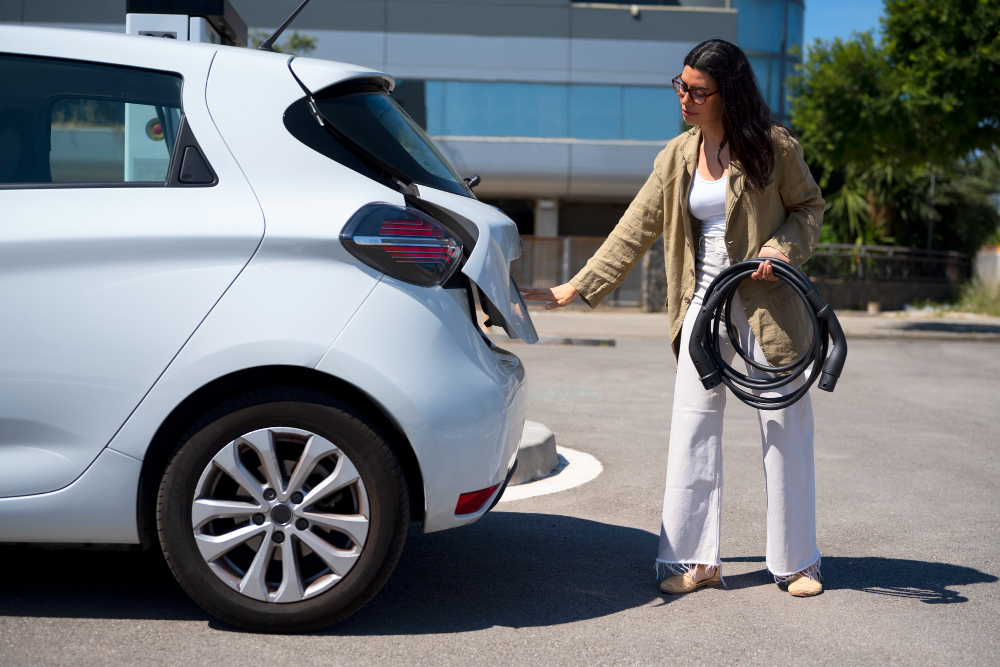
How Did Elevated Trains and Subways Improve Urban Transportation
Elevated trains and subways have played a pivotal role in alleviating traffic congestion in urban areas by providing efficient and reliable transportation options. By operating above or below street level, these mass transit systems bypass traffic bottlenecks and offer commuters a faster and more convenient alternative to congested roadways. Elevated trains, in particular, soar above city streets, offering passengers a scenic journey while avoiding ground-level traffic, while subways tunnel beneath the bustling metropolis, whisking commuters to their destinations with minimal delays.
Connecting Communities and Neighborhoods
Elevated trains and subways serve as vital arteries that connect communities and neighborhoods, facilitating commuter mobility and enhancing accessibility within urban areas. With strategically located stations and extensive networks of tracks, these mass transit systems provide commuters with convenient access to employment centers, residential neighborhoods, commercial districts, and recreational areas. By bridging geographical barriers and shrinking travel distances, elevated trains and subways empower residents to navigate the city with ease and efficiency.
Riding the Green Wave
Elevated trains and subways are environmentally friendly modes of transportation that promote sustainability and reduce reliance on carbon-emitting vehicles. By transporting large numbers of passengers in a single trip, these mass transit systems help reduce traffic congestion and air pollution, contributing to cleaner and healthier urban environments. Furthermore, elevated trains and subways run on electricity or clean energy sources, further minimizing their carbon footprint and paving the way for greener, more sustainable cities.
The Rise of Transit-Oriented Development
Elevated trains and subways serve as catalysts for economic development, driving investment and revitalization in surrounding areas through transit-oriented development (TOD). TOD projects leverage the accessibility and connectivity of mass transit systems to create vibrant mixed-use developments, including residential complexes, commercial centers, and cultural amenities, near transit stations. By fostering walkable, transit-friendly communities, elevated trains and subways attract residents, businesses, and tourists, spurring economic growth and revitalizing urban neighborhoods.
A Shelter from the Storm
Elevated trains and subways provide passengers with a safe and secure mode of transportation, offering protection from traffic accidents, inclement weather, and other hazards encountered on city streets. Elevated trains operate on dedicated tracks elevated above ground level, reducing the risk of collisions with vehicles and pedestrians. Subways, meanwhile, travel underground, shielded from the elements and insulated from external threats. With surveillance cameras, emergency call boxes, and trained personnel stationed throughout the system, elevated trains and subways prioritize passenger safety and security.
Bridging Socioeconomic Divides
Elevated trains and subways serve as equalizers that bridge socioeconomic divides and expand access to opportunity for residents of all backgrounds. By providing affordable, reliable transportation options, these mass transit systems enable low-income individuals and families to access employment, education, healthcare, and other essential services located throughout the city. Elevating trains and subways above or below ground level also minimizes disruptions to neighborhoods and communities, ensuring that all residents benefit from improved mobility and connectivity.
Icons of Cityscapes
Elevated trains and subways are iconic symbols of urban identity, shaping the skyline and character of cities around the world. From the elevated tracks weaving through the streets of Chicago to the sprawling subway networks crisscrossing the underground labyrinth of New York City, these mass transit systems are integral components of the urban landscape. Beyond their utilitarian function, elevated trains and subways evoke a sense of nostalgia and pride among residents, serving as beloved landmarks and cultural touchstones that reflect the vibrancy and vitality of city life.
Elevated Solutions for Urban Mobility
Elevated trains and subways have transformed urban transportation by alleviating traffic congestion, facilitating commuter mobility, promoting sustainability, stimulating economic development, enhancing safety and security, expanding access to opportunity, and cultivating urban identity. As cities continue to grow and evolve, elevated trains and subways will remain indispensable components of modern urban infrastructure, providing residents with efficient, reliable, and environmentally friendly transportation options for generations to come.


